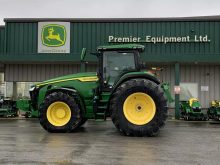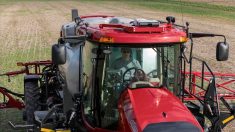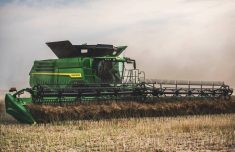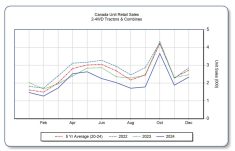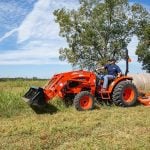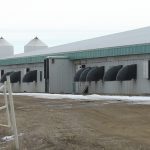The automatic combine adjustment system available in the new Case 250 series combines use 16 sensors to control seven combine functions, says Ryan Blasiak, Case IH harvest marketing manager.
“To make adjustments on the fly, it is super easy,” Blasiak said.
“All you need is four button presses and you’re ready to hit the field and start harvesting. There is no benchmark required. It will automatically optimize based on your conditions and your desired outcome.”
Why it matters: AFS Harvest Command, the automated combine settings system, is designed to optimize grain quality and grain savings through sensing and optimizing machine settings.
Read Also
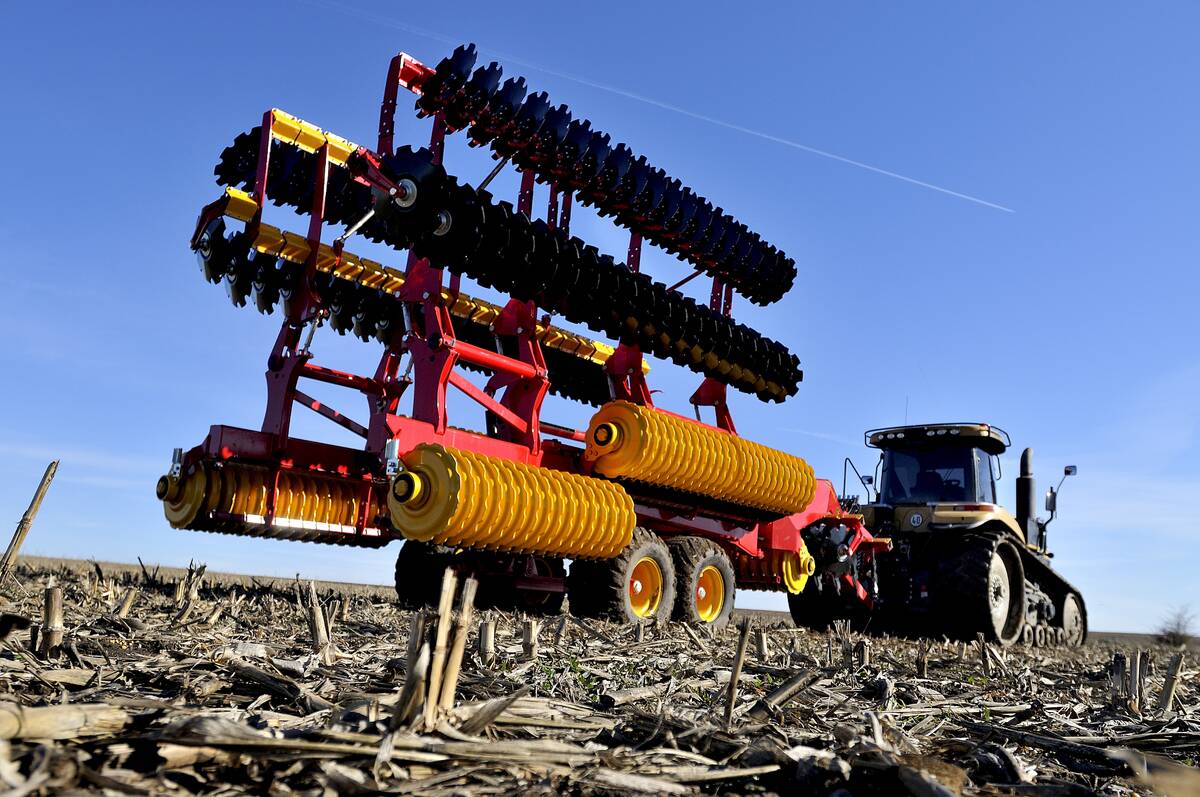
Evolution of European equipment manufacturers runs deep
A look at how Lemken and Väderstad have evolved from their traditional offerings of tillage equipment to include planting and seeding equipment in their lineups.
“On our run screen we have all of our settings, from rotor speed to cage vein angle position, which is now adjustable from within the cab, from pre-sieve, upper sieve, lower sieve position,” Blasiak said.
Fan and rotor speed are also automatically controlled.
Combines equipped with AFS Harvest Command have the same grain sample system as previous models, but a camera now allows operators to look at grain quality, including cracked and broken kernels, as well as material other than grain.
“If I’m harvesting through the field and I want less material other than grain, I’ve got too much trash in my tank, all I have to do is click on the “material other than grain” button and then quantify it, if I have too much, too little, and what that does is it changes the algorithms,” Blasiak said.
“In this instance, it will close down the upper sieve and create less trash in the tank.”
The 250 series combines feature a two-speed electric shift ground drive transmission, which is used in the combine’s auto feed rate control.
“All I have to do is press the V-rate control button on the multi-control handle, push the stick all the way forward, and it will automatically vary my ground speed based upon engine load and various crop characteristics,” Blasiak said.
If an operator gets to a patch of heavy crop, the combine will automatically slow the ground speed, and it will speed up in thin crop patches. A maximum speed is set so that combines never travel at a dangerous speed.
Blasiak said the AFS Harvest Command is capable of proactively adjusting with the help of the company’s patented sieve pressure sensors.
“(The pressure sensors) look at the air pressure differential between my upper and lower sieve, and then it’s going to make adjustment automatically,” Blasiak said.
AFS Harvest Command is already available for corn, soybeans, wheat and canola, and this year Case IH will be releasing versions for other crops.
The AFS Harvest Command is available in the 7250, 8250 and 9250 models.
The 250 series combines come with an optional feeder fore/aft faceplate control that enables adjustments to be made from the cab, as well as a two-piece feeder floor design that increases durability and improves crop feeding.
A self-levelling cleaning system on the 250 series combines helps operators maintain ground speed and separation efficiency in uneven terrain.
The 9250 model has a 625 peak horsepower that is enabled by the company’s selective catalytic reduction technology.
The 7250, 8250 and 9250 combines have a 410 bushel grain tank capacity and can unload as fast as 4.5 bushels per second.
This article was originally published on the Western Producer.







